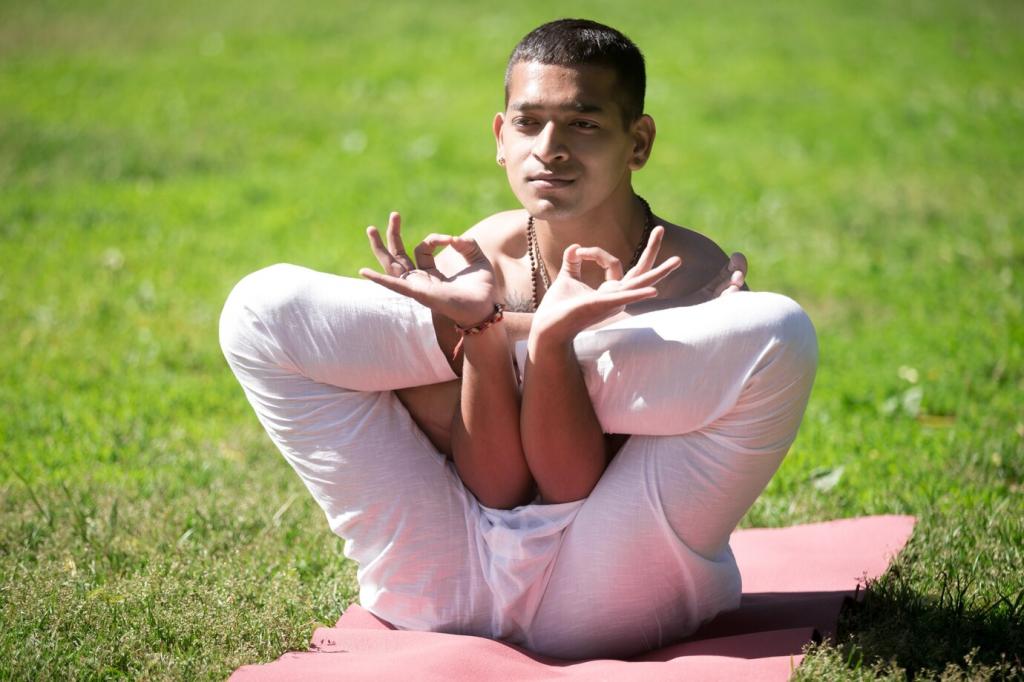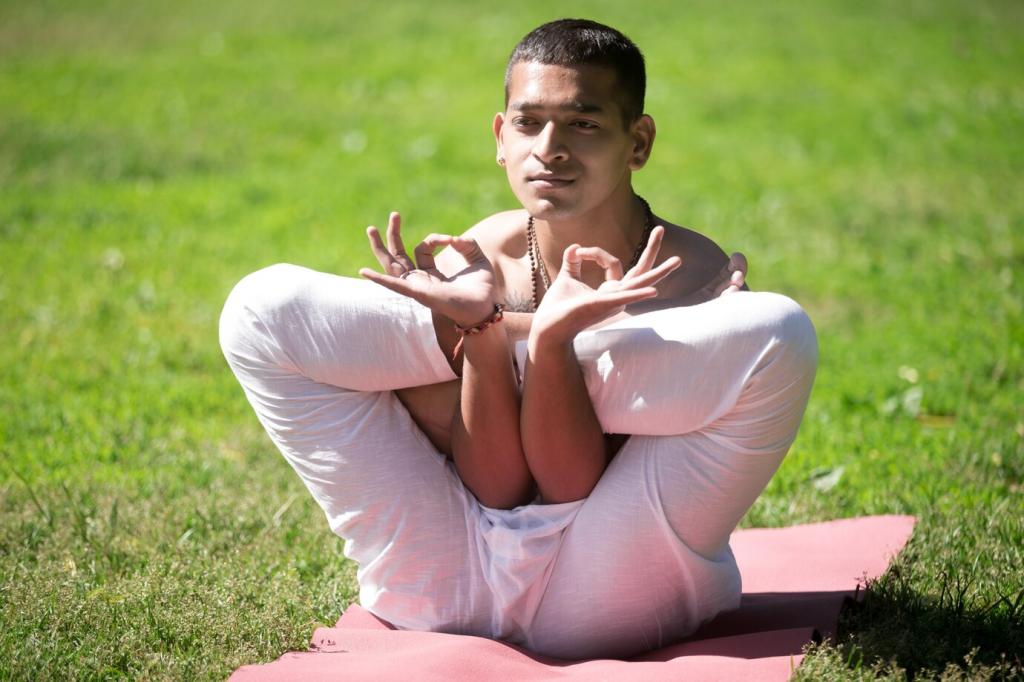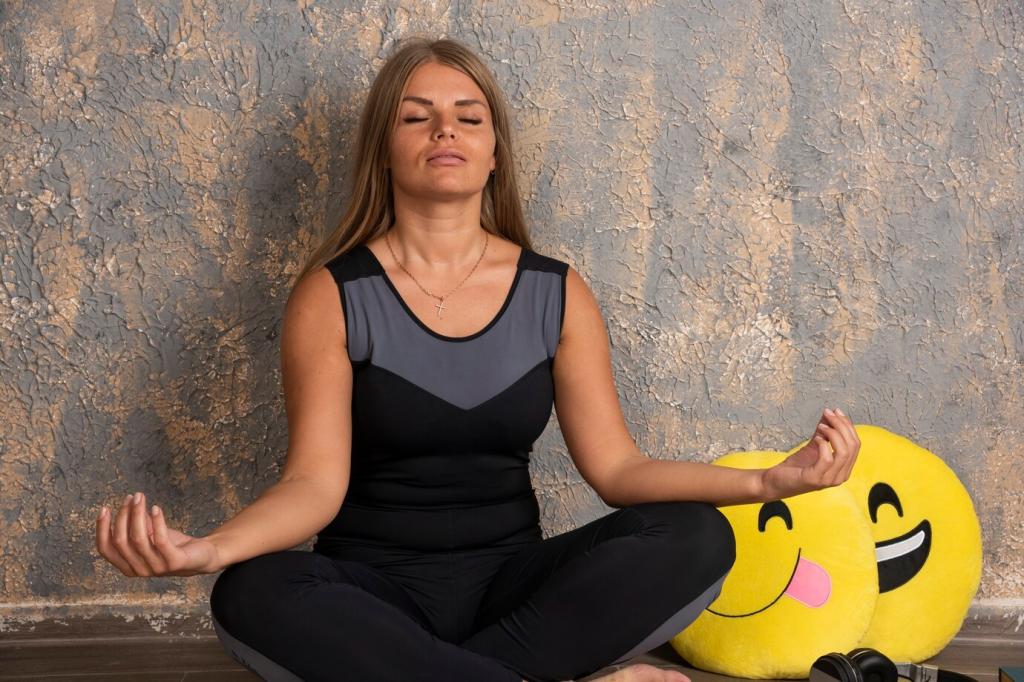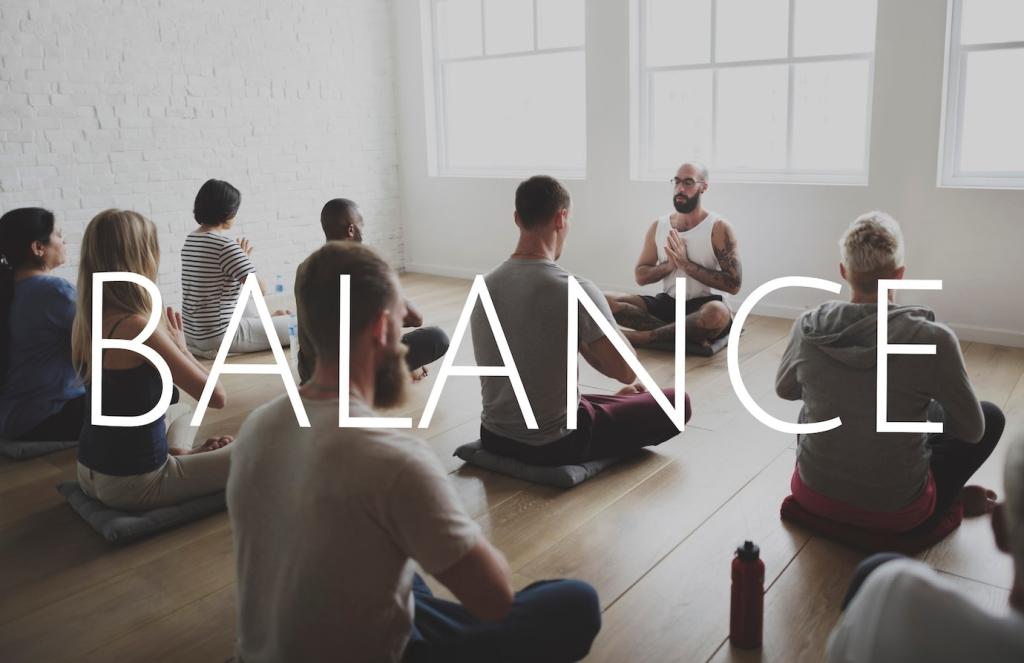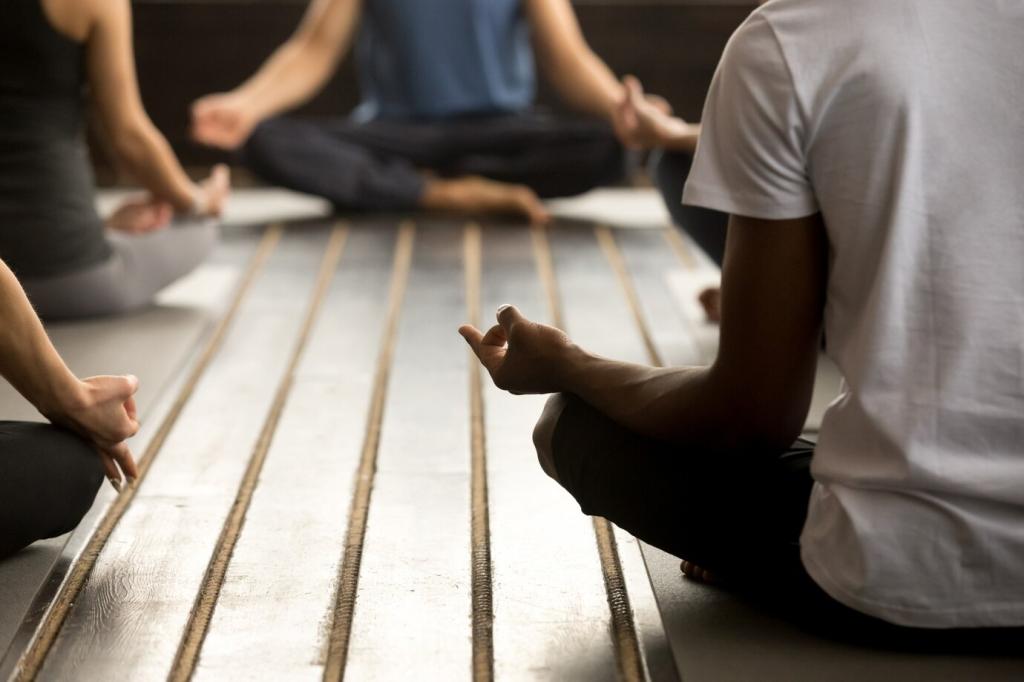Stories From the Path
Mornings were hardest. Maya tried two minutes of orienting to sunlight and neighborhood sounds. After three weeks, panic softened, and she noticed enough steadiness to drink coffee without trembling.
Stories From the Path
Sitting brought flashbacks, so Jon walked. Ten slow laps around a safe hallway, feeling heel‑to‑toe contact. Over months, sleep reduced from four awakenings to one, and dreams felt less jagged.

